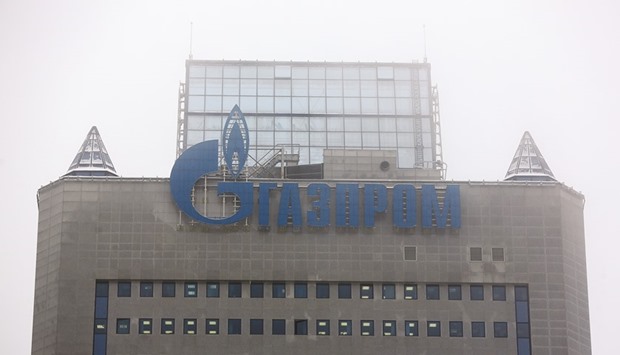Gazprom deputy head Alexander Medvedev is taking solace in old sayings by the founding father of the People’s Republic of China as the natural gas giant pushes ahead with a plan to become its biggest supplier.
“Do you know this Chinese saying ‘Hard work for three years, happiness for 10,000’?” Medvedev said in an interview, referring to a loosely translated version of a Mao Zedong slogan. “We are in constant contact with our Chinese colleagues at all levels – corporate and governmental.”
The Moscow-based gas exporter sees a chance this year for a new supply deal, which would be the first since a debut contract in 2014 before gas talks between the nations stalled. Gazprom’s plan to deliver 100bn cubic metres of Russian fuel per year “still remains our target,” Medvedev said in the interview in Hong Kong on Thursday, where Gazprom was holding its annual Investor Day.
Producers from Russia to Australia have been betting on huge sales to the world’s biggest energy user as it seeks to shift from coal to the cleaner burning fuel in order to tackle pollution. Talks on new deals have slowed as China is reshaping its gas market, aiming to reduce dependence on imports. The government also introduced a lower range for the share of its energy it expects to be met by gas earlier this year.
Russia signed its first contract to ship gas to China from the untapped East Siberian fields under a $400bn deal in 2014 as relations with the US and the European Union soured over the conflict in Ukraine. Gazprom had planned to follow the deal with another 30-year agreement for fuel from West Siberia in 2015 before finally settling on a memorandum of understanding for a third pipeline from Russia’s Sakhalin region off the Pacific coast.
The three pipeline routes plus supplies of liquefied natural gas will be enough to meet the 100bn-cubic-metre target, Medvedev said, without specifying the timing. The first pipeline is scheduled to open in 2019 at the earliest.
“Gazprom needs to be more realistic on gas pricing negotiations ahead” to win more supplies to China, said Gordon Kwan, head of Asia oil and gas research at Nomura Holdings in Hong Kong. While the country is putting more emphasis on cleaner fuels, “the challenge is difficult because coal is still very cheap.”
The government of President Xi Jinping cut wholesale gas prices twice in 2015 in an attempt to switch users from coal. No further cuts from the state have followed since then, and Gazprom doesn’t see them this year either as domestic prices are already “very low” for gas sellers, Medvedev said.
China expects its domestic gas output to rise about 60% to 220bn cubic metres by 2020 from last year. In December, the government proposed a consumption target of 350bn to 380bn cubic metres by the same year.
China’s gas use can reach 400bn cubic metres by 2025 if its plans on replacing coal with cleaner fuel are fulfilled, Medvedev said. The figure will be at least 300bn cubic metres even under the most conservative scenario.
“We won’t see less than that for sure,” he said. Russian gas price will be more competitive than LNG from Australia for China because of lower production costs, Medvedev said, declining to comment on terms the company has in its debut agreement with China.
Russia’s plans for China: Power of Siberia pipeline from East Siberia will have capacity of 38bn cubic metres a year with a possible expansion further.
West Siberian route capacity seen at 30bn cubic metres. Pipeline supplies from Russia’s Far East seen at 8bn cubic meters, Medvedev said.

A logo is displayed above the headquarters of Gazprom in Moscow. The gas exporter is eyeing a chance this year for a new supply deal with China, which would be the first since a debut contract in 2014 before gas talks between the nations stalled.
